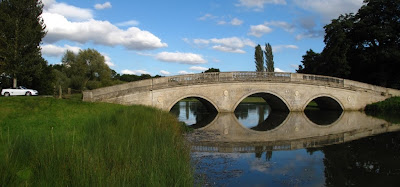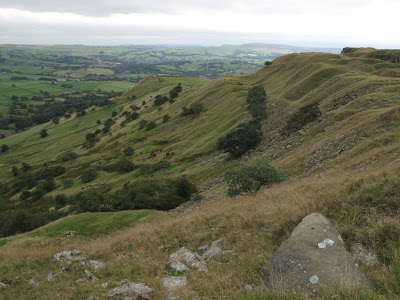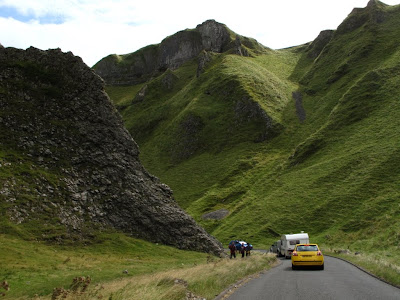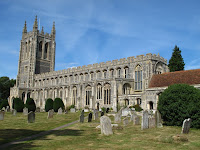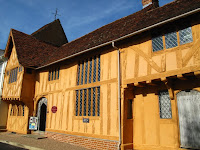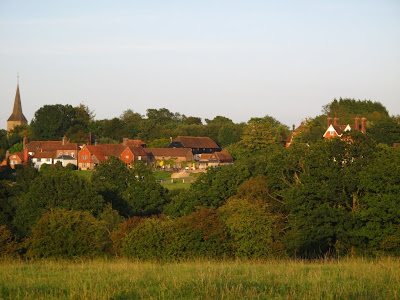 What we had forgotten was that when Ryanair relaxed the rules and allowed non-EU citizens to check-in online, they had added an additional stupid step to the process and forced non-EU citizens to get a stamp on their boarding passes before they went through security. This stamp signifies that the holder has a valid travel document (i.e. passport), something that anyone with normal vision can check.
What we had forgotten was that when Ryanair relaxed the rules and allowed non-EU citizens to check-in online, they had added an additional stupid step to the process and forced non-EU citizens to get a stamp on their boarding passes before they went through security. This stamp signifies that the holder has a valid travel document (i.e. passport), something that anyone with normal vision can check. The flight was announced, the priority people boarded and then it was time for the rest of us. We took our turn only to be told we did not have the stamp and the only place the stamp can be obtained is on the street side of security.
The flight was announced, the priority people boarded and then it was time for the rest of us. We took our turn only to be told we did not have the stamp and the only place the stamp can be obtained is on the street side of security. So began the mad dash, with 20 kilos of hand luggage, back from the gate through the departure lounge back to security – from the wrong side. A kindly soul let us out though a locked door back to the initial checking desk where we were, again, let out through the barrier and pointed at check-in desk 94.
So began the mad dash, with 20 kilos of hand luggage, back from the gate through the departure lounge back to security – from the wrong side. A kindly soul let us out though a locked door back to the initial checking desk where we were, again, let out through the barrier and pointed at check-in desk 94. Fortunately there was no queue at desk 94 and our boarding passes were soon emblazoned with about 8 stamps and the race back began. The initial checking man had said to return to him so we did and were passed through but then had to do the full scan thing again. We had barged past a bunch of people thinking we were immune this time around but, no, it was back through the scanners (fortunately without having to remove boots, belts and laptop and liquids from luggage, as per first time through.) What the people in the queue that we had barged past thought, I have no idea.
Fortunately there was no queue at desk 94 and our boarding passes were soon emblazoned with about 8 stamps and the race back began. The initial checking man had said to return to him so we did and were passed through but then had to do the full scan thing again. We had barged past a bunch of people thinking we were immune this time around but, no, it was back through the scanners (fortunately without having to remove boots, belts and laptop and liquids from luggage, as per first time through.) What the people in the queue that we had barged past thought, I have no idea. So then it was full pelt back through the departure lounge and off to the Gate arriving just as the last person in the queue was being processed. The relief with which we collapsed on to the plane was immense. Amazingly we had made the round-trip in under 12 minutes.
So then it was full pelt back through the departure lounge and off to the Gate arriving just as the last person in the queue was being processed. The relief with which we collapsed on to the plane was immense. Amazingly we had made the round-trip in under 12 minutes. But enough of our stupidity, what about Italy?
But enough of our stupidity, what about Italy?Our first stop was Camogli, a fishing village tucked away off the main road where we enjoyed a relaxing snack, Then it was on to Levanto to find some accommodation for the night.












